Infrared Video Reveals Gas Leaks
More than Meets the Eye
While the naked eye cannot detect methane, infrared photography can. Forward looking infrared technology – the same thermal imaging technology used by the military to track targets that give off heat – allows us to visualize large plumes of methane and volatile organic compounds escaping from fracking sites.
Be the Change and Earth Works put this technology to use, surveying 24 fracking sites in Colorado, facilities regulated by state rules that Governor Hickenlooper has called a “model demonstrating the success that can come from collaboration.” The infrared video shows gas leaks of startling size.
Phil Doe, Environmental Director of Be the Change, expressed his skepticism of the effectiveness of these rules in his testimony on the EPA’s methane emissions regulations.
Operationally, these sites are governed by Colorado’s new air quality rules. Oil and gas interests inevitably refer to these rules, implemented in 2013, as the strongest air quality rules devised by any state to regulate fracking pollution. They are in fact stronger than EPA’s proposed rules, for they measure more oil field pollution sites, though not all, and are not limited to just new wells as in EPA’s proposed rule. Still the question remains, is public health and wellbeing actually being protected by the state’s rules? Will EPA’s weaker rules add any substantive protection for the public’s health?
Watch some of the videos and decide for yourself if Colorado’s rules are serving public wellbeing. If you are struck by the volume of these leaks, know that it is (highly) unlikely that action by the Governor’s Colorado Oil and Gas Conservation Commission will change things for the better. Although the Governor appointed a Task Force to recommend rule changes for oil and gas operations, little material change appears forthcoming.
Rule Changes
A recent letter (full text here) from Jim Fitzgerald, a Bayfield rancher and member of the Commission’s Task Force charged with recommending new rules for oil and gas operations, helps explain the current situation at the Task Force. He wrote to the Commission describing himself as a “very disgruntled member of” the Task Force.
Jim goes on to point out that the Task Force’s recommendations “are only a small portion of what [the Commission] should be considering for adoption.” Several “important proposals to give local governments more standing have not been considered.” How come?
The Task Force, charged with recommending changes to the rules, had its own rules changed. While decisions regarding legislation were understood to require a supermajority vote, Jim writes that “it was understood by many , if not most of the members that any proposal that did not require new or amended legislation and which received a simple majority of support” would be passed on to the Commission for consideration.
Yet after majority approval of statements concerning the public interest and local regulation, the Department of Natural Resources informed Task Force members that “all proposals would need a two-thirds vote in order to be considered for adoption.” Thus the Task Force’s recommendations exclude common sense proposals like:
Recommendation #7: “The public interest is best served when local government land use planning and permit processes work parallel with and in accord with the state oil and gas regulations and processes.”
Recommendation #2: “Amend the Rules of the COGCC to acknowledge that local government land use regulations may be stricter than similar COGCC regulations and that such regulations must be complied with by oil and gas operators.”
13 majority-approved proposals absent from the Task Force’s list of recommendations.
The rules governing oil and gas operations may change, as may the procedures for making those rules, but still the question remains: will they address the leaks we can now see escaping from fracking sites in Colorado?
